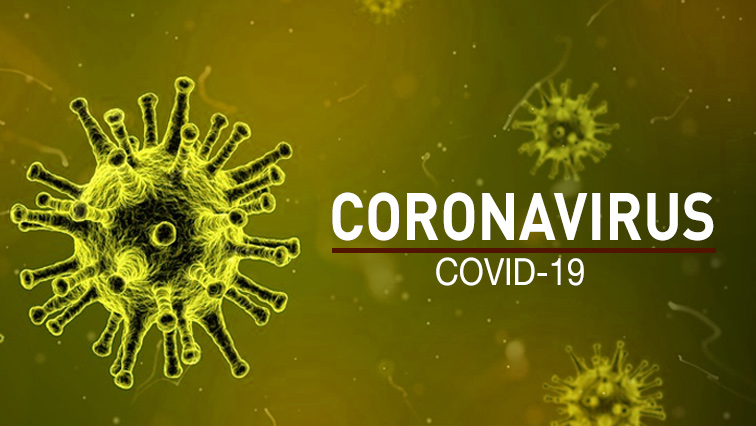The coronavirus has been part of our lives since the first reported case in the country in early March. Since then, we have learnt a lot about the rapidly spreading pandemic, from its origins to its symptoms and preventive measures against its spread. Yet, much about the virus is still unknown.
Below are transcripts of an interview I had with President of the South African Medical Research Council (SAMRC), Professor Glenda Gray, on what we still don’t understand about the virus. Transcripts have been condensed and edited for length and clarity.
Can you get COVID-19 twice?
At the onset of the pandemic, reports claimed that people who tested positive for the virus and later recover are immune to a second infection. However, this seems not to be the case for everyone as there are now reports internationally about reinfections.
The question is, what predisposes one to reinfection? According to Professor Gray the answer lies with one’s immune system.
It is important to note that there’s currently no documented reinfection rate in the country, but the number of recoveries as of this writing is 1 055 with 3 300 confirmed cases and 58 deaths.
Gray believes it is important to document and study reinfections.
“It will be important to document the reinfection rate in South Africa and whether the diseases is worse or better the second time. We have no idea whether the second infection may be milder or severe.”
If the virus is spread by coughing and sneezing, how are asymptomatic people fueling it?
“They maybe shedding the virus and may not be even aware that they are. They may be coming in close contact with other people and if they are touching their faces, eyes and noses and then touch other people or surfaces, this may predispose other people to getting COVID-19 from people who are asymptomatic. So asymptomatic infection is an important part of the transmission spread in the country and we do we need to keep an eye on how many people who are asymptomatic in the country and what impact this has on community spread. It is more difficult to contain asymptomatic spread because people are not symptomatic, so it’s very hard to diagnose and test people who are asymptotic.
Most people who are dying are the elderly and those with underlying diseases, but what about the young and healthy who are also dying?
“People who are older are most susceptible to having a worse outcome than people who are young. Even young people may have severe illness and may die from COVID-19. We are also not sure about the relationship between virus exposure and susceptibility to diseases. We need to understand that if you are exposed to higher virus load, you do worse than people who are exposed to less viral load. It is important to understand the level of virus you are exposed to and whether that impacts on your diseases progression or it will make it worse for you when you have an infection.
I continued the conversation with Dr Kerrin Begg, a medical doctor and Specialist in Public Health Medicine. Below are edited excerpts of our interview.
What are the long term side effects of COVID-19?
“It does appear that people who have had mild cases recover fully and are able to continue with normal life. But those who had severe cases of the disease… there is evidence that show they have some degree of lung scarring and may continue to have symptoms related to that on the longer term.
Is the virus airbone?
“No its not. The evidence is clearly showing that its droplets spread. Sometimes these droplets can be aerosolised. That means as you cough or sneeze those droplets become tiny particles that are unseen and that’s where the confusion comes in with SARS-COV-2 can be airborne. No it can’t, its droplets spread.”
Will COVID-19 ever go away or is it just going to be one of the diseases that we learn to manage?
“We don’t’ know, however, having a look at many pandemics through the centuries, of course this will burn itself out at some point. When it will burn its self out that the challenge. Generally pandemics burn themselves out when population is too small to continue the wild virus circulating. That either means many people have had the decease and have now immunity or have vaccinated and therefore have immunity so there are fewer people around who have not been exposed to disease so the virus burns it’s self out.”
Below is an infographic of measures to reduce chances of contracting COVID-19:

Loading…






